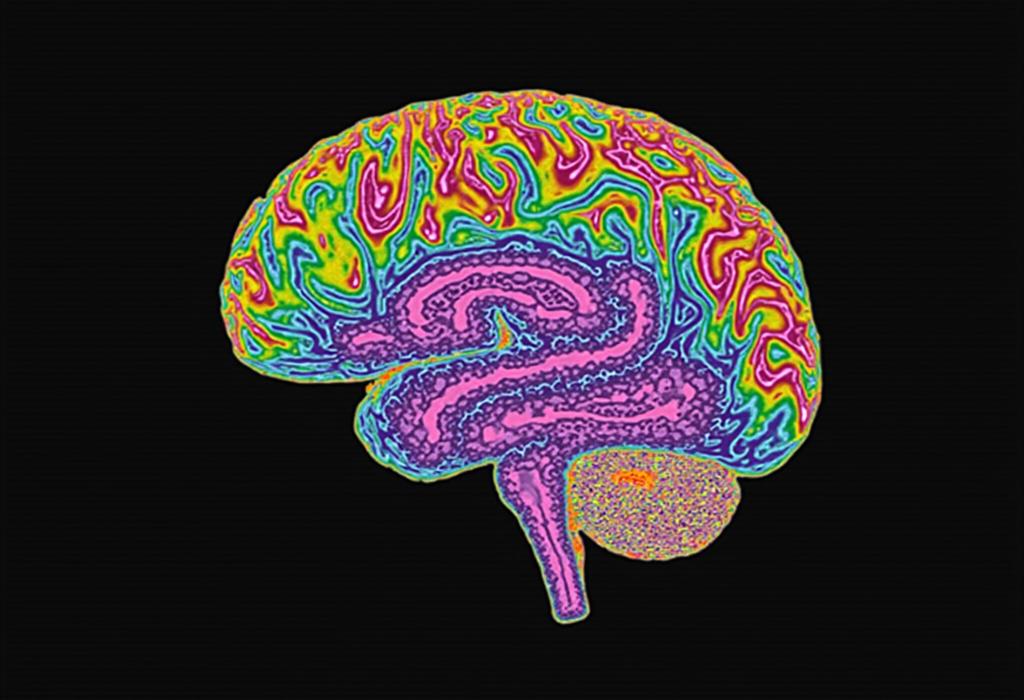In a groundbreaking achievement, researchers have unveiled the most extensive and detailed 3D map of a mammalian brain to date, specifically that of a mouse's visual cortex. This project, which spanned seven years and involved collaboration among 150 scientists, promises to transform our understanding of neural connections and their implications for behavior, consciousness, and what it means to be human.
The meticulous process began with the capturing of neural activity while the mouse viewed images. Subsequent layers of brain tissue were sliced with extreme precision—each layer being thinner than a human hair—after which advanced AI technology reconstructed the intricate 3D map from nearly 30,000 layered images. The completed map showcases an astonishing complexity, featuring over 200,000 cells linked by 523 million synapses—a testament to the brain's intricate architecture.
Researchers, including Forrest Collman from the Allen Institute, emphasize the potential implications of this work, indicating a significant leap in understanding how neural activities shape behavior and influence complex traits such as intelligence and consciousness. As Nathalie Rochefort from the University of Edinburgh articulated, this map might serve as a pivotal tool in exploring comparative neurobiology, allowing scientists to scrutinize cell types, wiring principles, and functional properties across various species, thereby illuminating the unique aspects of human cognition.
Moreover, amidst the ongoing quest to fathom consciousness, the ability to delve into this data could support or challenge existing theories of this complex phenomenon. This aligns with the goals laid out by previous research, suggesting a coherent strategy towards unraveling the myriad of mechanisms that govern brain functions. Publication of this research in the prestigious Nature journals further signifies its relevance and potential impact on the scientific community, marking a crucial step toward bridging gaps in our understanding of neural activities.
In summary, this new 3D map stands as a monumental advancement in neuroscience, not only challenging previously held assumptions about neural communication but also providing a platform for future explorations into the very essence of what defines human intelligence and consciousness. The collaboration of AI technology with neuroscience illustrates the powerful intersection of disciplines, paving the way for innovations that could significantly enhance our understanding of the brain and its functions.
AD
AD
AD
AD
Bias Analysis
Bias Score:
15/100
Neutral
Biased
This news has been analyzed from 22 different sources.
Bias Assessment: The article maintains a relatively neutral tone while reporting on scientific research advancements. However, some potential bias may arise from the optimistic portrayal of the research's implications without addressing possible limitations or ethical considerations involved in brain mapping and the use of AI in neuroscience.
Key Questions About This Article




